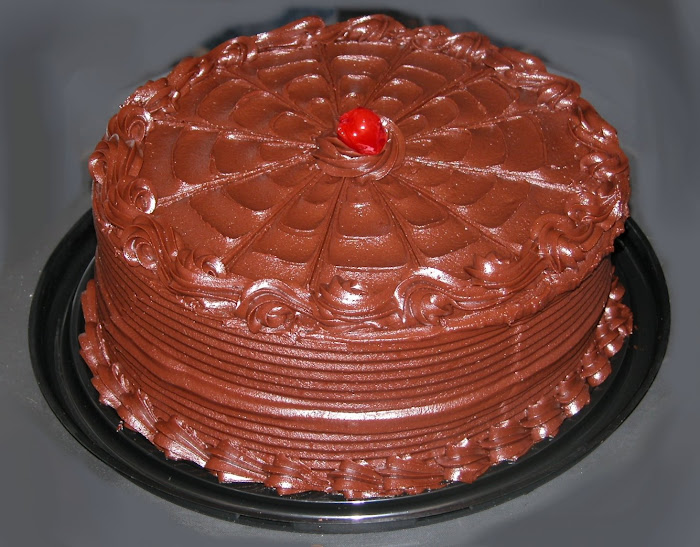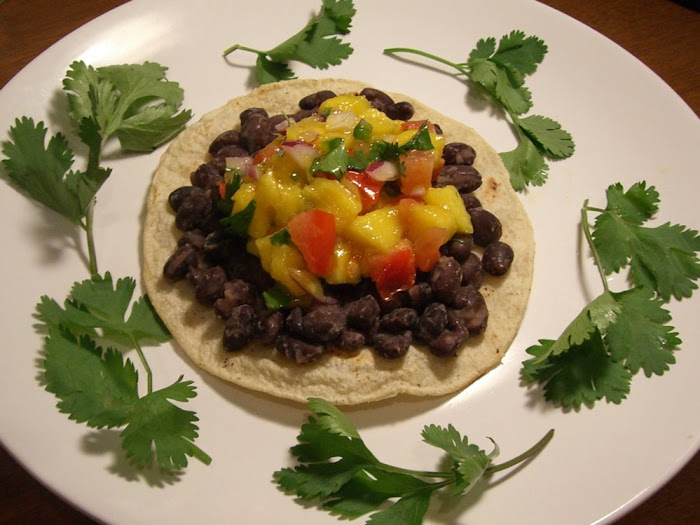Kitchen sponges and the environment
Most discussion about kitchen sponges is around the amount of bacteria they can harbor. A study that found some sponges to contain more bacteria than a toilet bowl sent people scurrying to buy more sponges and change them more often.
Sure, the bacteria issue is a very good point, but what about the environment?
How often do you change your kitchen sponge - once, twice a week? Imagine that being repeated millions of times each week around the world. It's a lot of waste, especially given that so many sponges are made from plastics, making them yet another item in our home that's derived from oil.
Triclosan and sponges
There's an added environmental danger with many synthetic sponges these days; often they are impregnated with chemicals such as Triclosan. Triclosan is an antibacterial and antifungal agent and is registered with the Environmental Protection Agency as being a pesticide. It's also used in many antibacterial soaps, deodorants, toothpastes and cosmetics.
Aside from increasing evidence linking triclosan to health problems, it is also believed to destroy fragile aquatic ecosystems; especially algaes that other animals may depend on - either directly or indirectly.
As sewerage and waste water treatment plants cannot remove triclosan and the compound remains stable for long periods of time; it's posing an increasing problem in our waterways - it's now one of the most common man-made chemicals found in U.S. streams.
Any sponge pack that states is anti-bacterial or destroys odors is probably best left on the supermarket shelf as it's likely to contain triclosan or something equally damaging to the environment.
We seemed to have developed quite a paranoia about these critters. Not only are there good bacteria, but in order to develop resistance to some of the less desirable ones, we do need some exposure to them. While good basic hygiene practices should never be forsaken, all we're doing with attempting to disinfect everything we touch is weakening our immune system and producing more robust bacteria.
There are a couple of alternatives to plastic, pesticide soaked sponges:
Cellulose sponge
While changing your sponge regularly is good hygienic practice, try to purchase ones that are made from only from cellulose fiber - and the cellulose is sourced from plantation forests or recycled. Read the label carefully as some cellulose sponges are impregnated with polyester, a form of plastic.
Grow (or eat) your own sponge!
You can even have a shot at growing your own kitchen sponges! You've probably heard of Luffa sponges, also known as Loofa or Loofah. Luffa is a plant and the fruit is what the sponge is made from; so it's an environmentally and vegan friendly product. Luffa fruits can also be eaten in the early stages! You can probably save quite a bit of cash over the years by having a Luffa plant in your garden.
Earth friendly sponge cleaning
To help keep your "green" cellulose sponge free of nasty bacteria, try to keep it as dry as possible between uses. You can sterilize them by soaking for a few minutes in boiled water, or try a dilute bleach/hydrogen peroxide solution. Two of the most highly recommended methods for killing bacteria and molds on sponges according to the US Department of Agriculture are microwave heating of a damp sponge or dishwashing with a drying cycle. So, if you do use an automatic dishwasher, you can make a little more use of it with each load
Most discussion about kitchen sponges is around the amount of bacteria they can harbor. A study that found some sponges to contain more bacteria than a toilet bowl sent people scurrying to buy more sponges and change them more often.
Sure, the bacteria issue is a very good point, but what about the environment?
How often do you change your kitchen sponge - once, twice a week? Imagine that being repeated millions of times each week around the world. It's a lot of waste, especially given that so many sponges are made from plastics, making them yet another item in our home that's derived from oil.
Triclosan and sponges
There's an added environmental danger with many synthetic sponges these days; often they are impregnated with chemicals such as Triclosan. Triclosan is an antibacterial and antifungal agent and is registered with the Environmental Protection Agency as being a pesticide. It's also used in many antibacterial soaps, deodorants, toothpastes and cosmetics.
Aside from increasing evidence linking triclosan to health problems, it is also believed to destroy fragile aquatic ecosystems; especially algaes that other animals may depend on - either directly or indirectly.
As sewerage and waste water treatment plants cannot remove triclosan and the compound remains stable for long periods of time; it's posing an increasing problem in our waterways - it's now one of the most common man-made chemicals found in U.S. streams.
Any sponge pack that states is anti-bacterial or destroys odors is probably best left on the supermarket shelf as it's likely to contain triclosan or something equally damaging to the environment.
We seemed to have developed quite a paranoia about these critters. Not only are there good bacteria, but in order to develop resistance to some of the less desirable ones, we do need some exposure to them. While good basic hygiene practices should never be forsaken, all we're doing with attempting to disinfect everything we touch is weakening our immune system and producing more robust bacteria.
There are a couple of alternatives to plastic, pesticide soaked sponges:
Cellulose sponge
While changing your sponge regularly is good hygienic practice, try to purchase ones that are made from only from cellulose fiber - and the cellulose is sourced from plantation forests or recycled. Read the label carefully as some cellulose sponges are impregnated with polyester, a form of plastic.
Grow (or eat) your own sponge!
You can even have a shot at growing your own kitchen sponges! You've probably heard of Luffa sponges, also known as Loofa or Loofah. Luffa is a plant and the fruit is what the sponge is made from; so it's an environmentally and vegan friendly product. Luffa fruits can also be eaten in the early stages! You can probably save quite a bit of cash over the years by having a Luffa plant in your garden.
Earth friendly sponge cleaning
To help keep your "green" cellulose sponge free of nasty bacteria, try to keep it as dry as possible between uses. You can sterilize them by soaking for a few minutes in boiled water, or try a dilute bleach/hydrogen peroxide solution. Two of the most highly recommended methods for killing bacteria and molds on sponges according to the US Department of Agriculture are microwave heating of a damp sponge or dishwashing with a drying cycle. So, if you do use an automatic dishwasher, you can make a little more use of it with each load














No comments:
Post a Comment